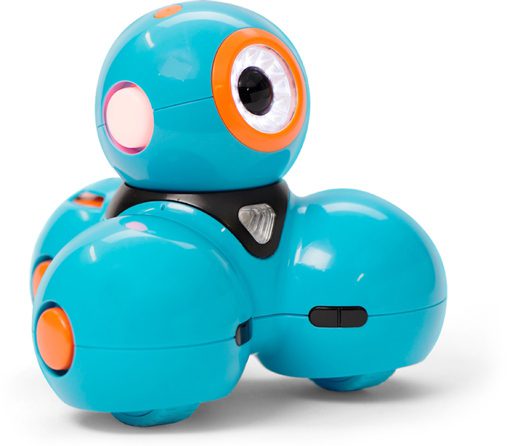Programmable robots, especially educational ones, are a fascinating way for people of almost any age to learn programming, electronics and mechanics.
From educational toys for children to advanced kits for students or electronics enthusiasts, there are a variety of models on the market that can interest both beginners and advanced robotics enthusiasts.
How to choose a programmable robot that will meet all the expectations set for such equipment?
What to pay attention to during the search?
We have some practical tips for you!
What are the characteristics of a programmable robot?
Modern programmable robot is a mechanical, electronic or hybrid device that can be programmed to perform specific tasks.
Typically, the robot is equipped with a variety of sensors, such as cameras, tactile sensors or distance sensors, so it can make both interactions with the environment and decisions based on the collected data.
A key element of programmable robots is their ability to accept programming instructions, which makes them adaptable to various applications.
They can be used for educational purposes (to learn programming), in industry (to automate processes), and as educational toys, adapted to different skill levels and ages of users.
How to choose the right programmable robot?
Wondering which programmable robot will be ideal for your planned activities?
Before you spend money, read the following tips – they will help you make the best decision.
1. identify the purpose of use
The first step in choosing the right programmable robot is to define the purpose of its use.
Do you want to learn the basics of coding?
Or are you interested in exploring advanced robotics concepts?
Or are you looking for an educational toy for your child?
Defining your needs will help you optimize your choice.
If you need programmable robots for children, look out for models that are easy to use, have clear instructions and offer interactive features to encourage learning and play.
A good example here would be the Robobloq Qobo model, which would work well as an introduction to programming for children aged 3 and up.
If you are new to robotics and programming, you should choose models that offer a simple design and a user-friendly programming environment – such as the MakeBlock models.
If you have programming experience and want to deepen your knowledge, consider investing in more advanced programmable robots that allow you to experiment with different technologies and algorithms, such as MyCobot Pi.
2 Evaluate experience level
Once you’ve determined your purpose of use, it’s a good idea to assess your level of experience in programming and robotics.
Some robots are designed for beginners, while others require advanced technical knowledge.
Choosing the right level of difficulty will help avoid frustration and ensure a satisfying user experience.
If you are a beginner, choose programmable robots that offer simple design and tools that are easy to use and understand.
Educational kits with clear instructions or ready-made code examples may be the best choice for beginners.
Once you have some experience in programming and technology, you may become interested in more advanced models that offer more freedom to experiment.
Keep in mind, however, that such robots require a good knowledge of programming languages and other skills in the electronics area.
3. analyze the functions and capabilities
The next step is to analyze the features and capabilities of available programmable robot models.
Pay attention to factors such as the type of drive (e.g., wheels, line tracking, manipulators), available sensors (e.g., ultrasonic, infrared, touch), supported programming platforms (e.g., Scratch, Python, Arduino), and the possibility of expansion and modification.
Make sure the robot you choose meets your basic requirements, such as the ability to move, detect obstacles and respond to the environment.
If you are interested in exploring robotics further, look out for models that allow for expansion and modification.
Kits that allow you to customize the hardware and software can be particularly appealing to advanced users.
4. determine your budget
The last but important factor in choosing a programmable robot is budget.
Fortunately, the range available on the market includes models for a variety of purposes – you can easily find a balance between functionality and price.
If your budget is limited, don’t worry!
There are also inexpensive robots available on the market that provide plenty of opportunities for learning and fun.
In summary, choosing the right programmable robot requires consideration of many factors.
The key is to adapt the model to your goals, experience, needs and wallet.
By analyzing our store’s offerings using the above tips, you are sure to find the right equipment.
You can also benefit from other articles about programmable robots, available on Botland Blog.
How useful was this post?
Click on a star to rate it!
Average rating 5 / 5. Vote count: 1
No votes so far! Be the first to rate this post.




















